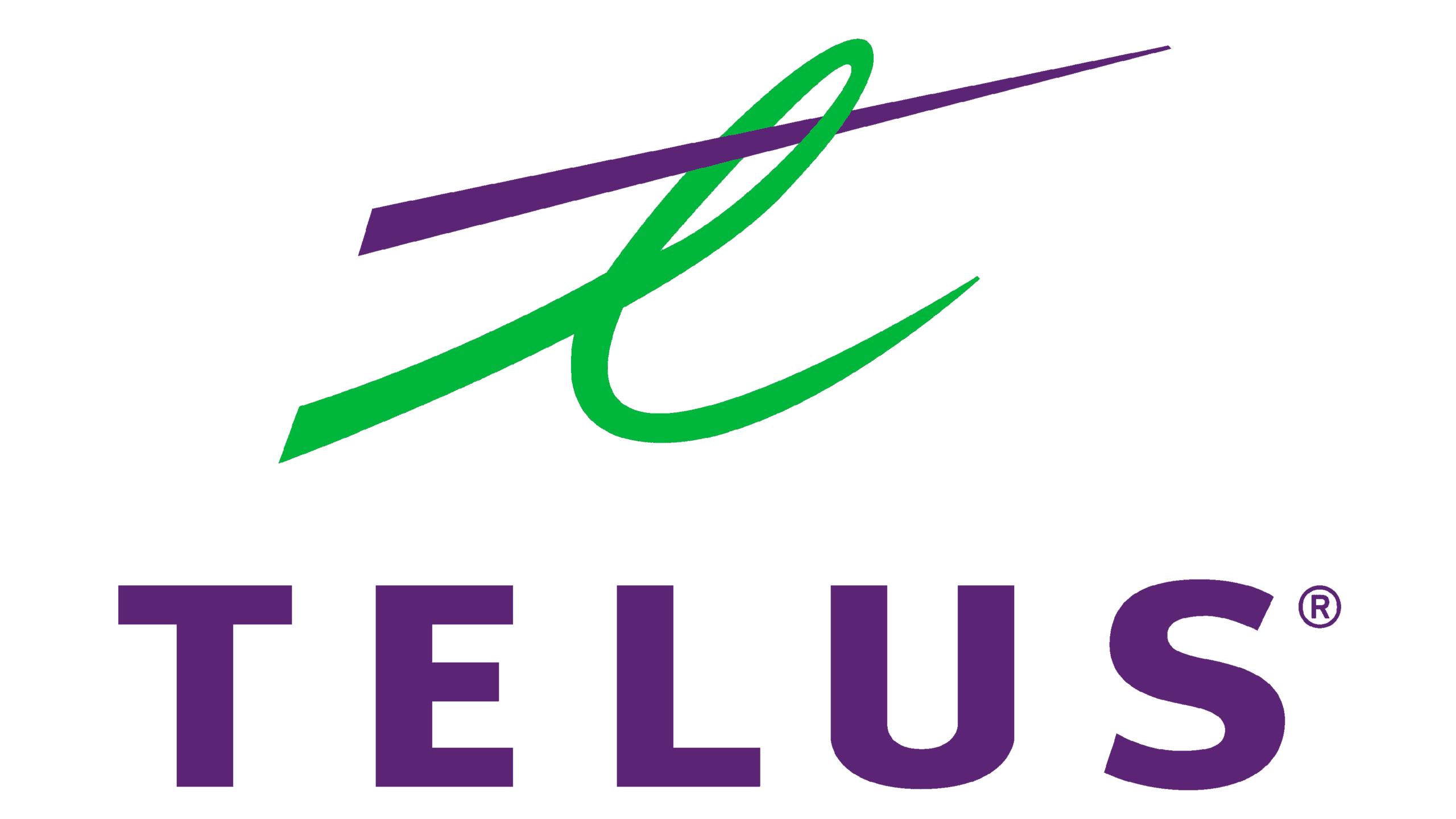A Growing Need for Data Standardization and Scale
In TELUS’s wireless network, each cell tower or base station collects performance data—known as PM (Performance Management) counters—on everything from call volume to data throughput and connection quality. With over 200,000 wireless cells and four hardware vendors providing 3G, 4G, and 5G technology, TELUS was facing a significant data integration problem. Each vendor used different formats, definitions, and metrics, making consistent analysis a major challenge.
This data was vital for numerous use cases: performance monitoring, customer issue resolution, capacity planning, proactive optimization, and feature testing. However, without a centralized and standardized system, answering even simple questions often required deep technical expertise and vendor-specific knowledge.
To overcome these challenges, TELUS needed a solution that could abstract away complexity, harmonize KPIs across vendors, and support both business and engineering teams with governed, reusable data models.
The Role of AtScale’s Semantic Layer in Telecom Analytics
TELUS implemented AtScale’s universal semantic layer as the central access point for analytics and business intelligence. Sitting between BigQuery and end-user tools like Looker and Python scripts, AtScale allowed TELUS to define vendor-agnostic data models that were consistent, scalable, and easy to use.
The semantic layer architecture was built on two tiers:
- Low-level models focused on individual hardware vendors and technology generations, with over 8,000 features per model. These models were designed for technical engineering users and were populated automatically using Python scripts and AtScale’s APIs to convert vendor documentation into standardized measures.
- High-level models abstracted away the vendor-specific logic, combining performance metrics into unified KPIs (such as call drop rates or data success ratios) that could be used across teams. These models, while simpler in structure, required more sophisticated business logic and served a broader internal audience.
This dual-layer approach enabled TELUS to maintain technical rigor while simplifying access for non-technical users. Now, analysts and engineers across the organization access the same trusted data models for everything from dashboards to root cause analysis.
Accelerating Data Modeling Through Automation
Given the scale of TELUS’s network, manual data modeling was never an option. Each piece of vendor documentation contains thousands of counters, and with four major equipment providers and constant software updates, staying current was a monumental task.
TELUS tackled this by automating the ingestion of vendor documentation. Using Python, the team parsed vendor-supplied CSV files and transformed them into aggregate measures that were automatically loaded into AtScale. This approach ensured that models were always accurate, version-controlled, and easily extended to support new data or technologies.
The result was a system that could keep pace with the network itself—scalable, adaptable, and designed for growth.
Preparing for the Future with Semantic Modeling Language (SML)
As TELUS continues to evolve its data strategy, the next frontier is adopting Semantic Modeling Language (SML). SML allows the team to store data models as code in a Git repository, enabling version control, collaboration, and automated deployments.
This shift opens the door to even more scalable data modeling practices. With SML, TELUS plans to build a library of reusable dimensions and measures that can be quickly assembled into use-case-specific models—whether for troubleshooting network issues in Calgary or optimizing 5G rollout in Vancouver.
“At TELUS, we say ‘Let’s make the future friendly.’ Our semantic layer is letting us scale up our analytics with each new use case we add. That makes our teams more effective—and makes for a better experience for our customers.”
— Adam Walker, Senior Design Specialist, TELUS
The Business Impact: Faster Insights, Stronger Customer Experiences
TELUS’s semantic layer implementation has transformed the company’s ability to turn complex data into actionable insights. By unifying data across vendors and network generations, TELUS can now generate fast, consistent metrics for network performance, capacity forecasts, and engineering optimization.
Teams that once worked in data silos now operate from a single source of truth, and complex technical data is no longer a barrier to insight. Whether using dashboards in Looker or custom tools in Python, everyone is accessing governed, standardized metrics—driving better decisions across the business.
The adoption of AtScale and SML positions TELUS to move even faster in the future. With automation and reusability built into their data stack, the team can support new use cases, onboard new technologies, and respond to customer needs at scale.
Why TELUS Chose AtScale
TELUS selected AtScale for its ability to abstract complex BigQuery datasets into business-friendly semantic models. The platform’s support for intelligent query optimization, automated data modeling, and pre-aggregation ensures the performance and reliability needed for telecom-scale analytics.
Just as important, AtScale enabled TELUS to bridge the gap between business users and technical engineers. By delivering consistent KPIs across tools and teams, the semantic layer fostered a shared understanding of performance and impact—without requiring deep database expertise.
With the addition of SML and Git-based collaboration, TELUS now has a future-proof foundation for telecom analytics, ready to adapt to whatever comes next in wireless innovation.


